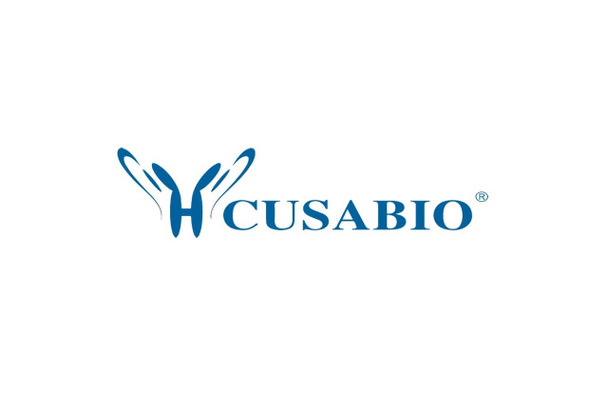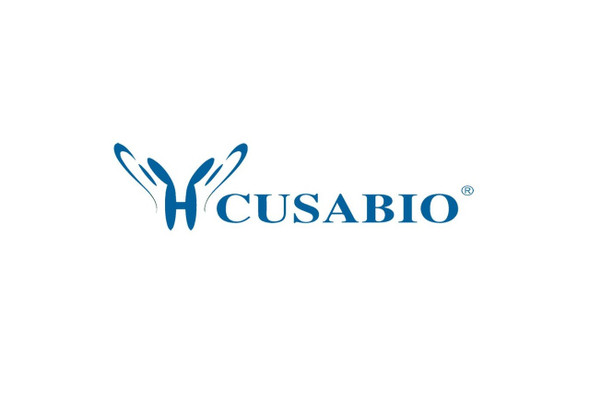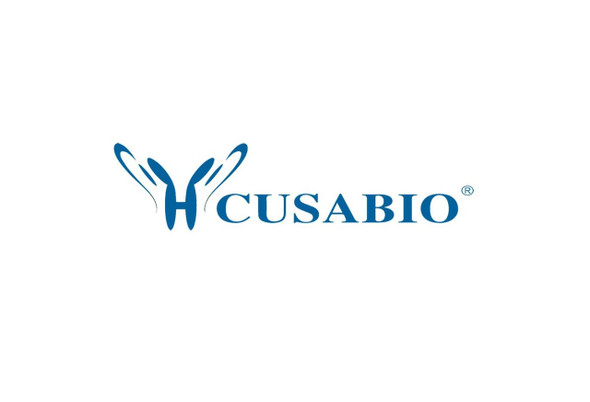Cusabio Human Recombinants
Recombinant Human Retinoblastoma-like protein 2 (RBL2), partial | CSB-EP600921HU
- SKU:
- CSB-EP600921HU
- Availability:
- 3 - 7 Working Days
Description
Recombinant Human Retinoblastoma-like protein 2 (RBL2), partial | CSB-EP600921HU | Cusabio
Alternative Name(s): 130 kDa retinoblastoma-associated protein (p130) (Retinoblastoma-related protein 2) (RBR-2) (pRb2) (RB2)
Gene Names: RBL2
Research Areas: Cancer
Organism: Homo sapiens (Human)
AA Sequence: TPVSTATHSLSRLHTMLTGLRNAPSEKLEQILRTCSRDPTQAIANRLKEMFEIYSQHFQPDEDFSNCAKEIASKHFRFAEMLYYKVLESVIEQEQKRLGDMDLSGILEQDAFHRSLLACCLEVVTFSYKPPGNFPFITEIFDVPLYHFYKVIEVFIRAEDGLCREVVKHLNQIEEQILDHLAWKPESPLWEKIRDNENRV
Source: E.coli
Tag Info: N-terminal 6xHis-tagged
Expression Region: 417-616aa
Sequence Info: Partial
MW: 27.4 kDa
Purity: Greater than 85% as determined by SDS-PAGE.
Relevance: Key regulator of entry into cell division. Directly involved in heterochromatin formation by maintaining overall chromatin structure and, in particular, that of constitutive heterochromatin by stabilizing histone methylation. Recruits and targets histone methyltransferases KMT5B and KMT5C, leading to epigenetic transcriptional repression. Controls histone H4 'Lys-20' trimethylation. Probably acts as a transcription repressor by recruiting chromatin-modifying enzymes to promoters. Potent inhibitor of E2F-mediated trans-activation, associates preferentially with E2F5. Binds to cyclins A and E. Binds to and may be involved in the transforming capacity of the adenovirus E1A protein. May act as a tumor suppressor.
Reference: "Lys-N and trypsin cover complementary parts of the phosphoproteome in a refined SCX-based approach." Gauci S., Helbig A.O., Slijper M., Krijgsveld J., Heck A.J., Mohammed S. Anal. Chem. 81:4493-4501(2009)
Storage: The shelf life is related to many factors, storage state, buffer ingredients, storage temperature and the stability of the protein itself. Generally, the shelf life of liquid form is 6 months at -20?/-80?. The shelf life of lyophilized form is 12 months at -20?/-80?.
Notes: Repeated freezing and thawing is not recommended. Store working aliquots at 4? for up to one week.
Function: Key regulator of entry into cell division. Directly involved in heterochromatin formation by maintaining overall chromatin structure and, in particular, that of constitutive heterochromatin by stabilizing histone methylation. Recruits and targets histone methyltransferases KMT5B and KMT5C, leading to epigenetic transcriptional repression. Controls histone H4 'Lys-20' trimethylation. Probably acts as a transcription repressor by recruiting chromatin-modifying enzymes to promoters. Potent inhibitor of E2F-mediated trans-activation, associates preferentially with E2F5. Binds to cyclins A and E. Binds to and may be involved in the transforming capacity of the adenovirus E1A protein. May act as a tumor suppressor.
Involvement in disease:
Subcellular Location: Nucleus
Protein Families: Retinoblastoma protein (RB) family
Tissue Specificity:
Paythway: PI3K-Aktsignalingpathway
Form: Liquid or Lyophilized powder
Buffer: If the delivery form is liquid, the default storage buffer is Tris/PBS-based buffer, 5%-50% glycerol. If the delivery form is lyophilized powder, the buffer before lyophilization is Tris/PBS-based buffer, 6% Trehalose, pH 8.0.
Reconstitution: We recommend that this vial be briefly centrifuged prior to opening to bring the contents to the bottom. Please reconstitute protein in deionized sterile water to a concentration of 0.1-1.0 mg/mL.We recommend to add 5-50% of glycerol (final concentration) and aliquot for long-term storage at -20?/-80?. Our default final concentration of glycerol is 50%. Customers could use it as reference.
Uniprot ID: Q08999
HGNC Database Link: HGNC
UniGene Database Link: UniGene
KEGG Database Link: KEGG
STRING Database Link: STRING
OMIM Database Link: OMIM






